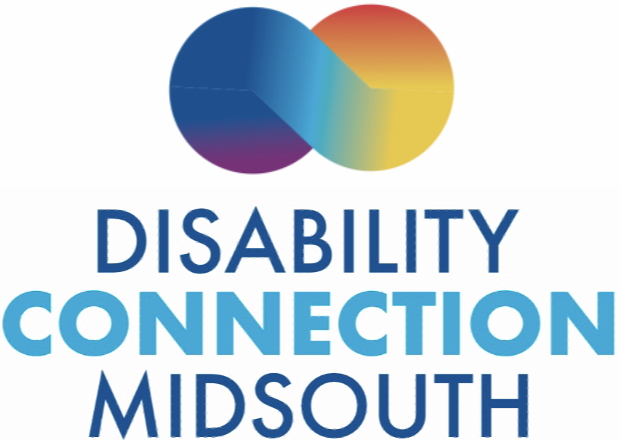Gary Rosenfeld discusses public transportation issues with advocates
Gary Rosenfeld, the CEO of MATA visited MCIL to reinforce the partnership MATA has with MCIL. He took the opportunity to update MCIL on our request to give free fare to MATAplus riders who ride the fixed-route.
“Free fare is a great idea,” said Mr. Rosenfeld, pausing, the crowd expecting him to follow the phrase with a ‘but’. “I’m pausing for dramatic effect, because it is a great idea. Everyone likes it. The MATA commissioners and the City Council.”
Mr. Rosenfeld pointed out that he is expecting a ruling from the FTA. He said the FTA approval was essential before he can roll-out the free fare program and he estimated that they would write a simple policy once they got the go-ahead from lawyers. MATA believes that it was still at least a couple of weeks before the free fare policy would be active.
Rosenfeld also argued that MATA would be ready to meet the needs of people who applied for MATAplus in an effort to get the free fares. He said that MATA staff was ready to handle the influx of new applications and that he believed that if people were eligible for paratransit service they should be able to apply and receive the free fares.
In October of last year, MCIL had written Gary Rosenfeld a letter proposing the idea of free fares for certified paratransit riders to ride the fixed-route. We had made the proposal as a way for MATA to develop “conditional eligibility” as a way to improve MATAplus. Mr. Rosenfeld did not add a move toward conditional eligibility with the free fare program.
Allison Donald asked Mr. Rosenfeld about the illegal capacity constraints that riders see on MATAplus. She pointed out some areas of minimal compliance with the ADA and that MATAplus is unable to meet like denying trips and not answering the phone. These areas where MATAplus seems to have limited capacity make paratransit service unequal to the service on the fixed-route.
The MATA CEO began his response to the capacity constraints by directing some of the blame to riders. He seemed to think that the 25% rate of cancellations contributed to MATA’s inability to effectively serve the community although the people were using the MATAplus cancellation policy.
Mr. Rosenfeld went on to list some of the changes he has overseen to boost the capacity of the paratransit system. MATAplus should have 8 new operators starting soon to go with the new reservation specialists he announced at the MATA Board of Commissioners meeting. He also said that paratransit serves less than 3% of the overall MATA ridership, but takes up about 17% of the budget.
An MCIL volunteer asked about stop announcements made on MATA fixed-route buses. He had sent a letter to MATA two years ago detailing the requirements of the auditory announcement system. He finished his question by adding that it was frustrating that it is a legal requirement and nothing has been done.
Every MATA bus appears to fail to meet the basic federal requirements for making stop announcements. These stop announcements are critical to help people move from paratransit to the fixed route. MCIL made it clear that having compliant stop announcements was very important to the disability community.









